Sessions » Vis Capstone Speaker
» Visualization Myopia: Are We Missing Opportunities?
David H. Laidlaw
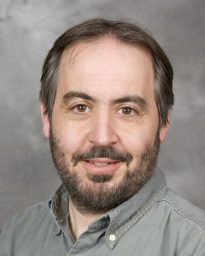
Professor of Computer Science, Brown University
Abstract
Are we keeping enough perspective on our discipline of visualization? Attention is scarce; we all focus it locally most of the time. As our field is maturing, it is time to step back and evaluate the state of the discipline. One of this year's conference chairs asked me to study the direction of our discipline as represented in the content of the conference. I will report on themes within this year's contributions, pick out some trends across years, and interpret what this might mean for our discipline in the future.
Over the past few years, there have been a handful of disciplinary analyses, open-problem statements, and research agendas. More of us should step back more often and study these, asking whether we are advancing in the right directions and at the right pace. This attention and perspective will help increase the longevity of our visualization contributions.
I posit that a theory of visualization could play an organizing role for our discipline and give us a different perspective. Currently, there is no such theory, but Chris Johnson referred to the concept in his 2004 list of open visualization problems. I will develop the concept of a theory of visualization at an abstract level and apply it to the contributions of our conference. It provides an interesting alternative perspective from which to evaluate our work.
Humans clearly think visually; as a discipline, we can be proud of having created tools and tool-building knowledge that has helped accelerate science and engineering. With some introspection, we can do even better in the future.
Bio
David H. Laidlaw is a professor of computer science at Brown University. He received his PhD from Caltech in computer science, where he also did postdoctoral work in the Division of Biology. His research interests revolve around visualization and modeling applications of computer graphics and computer science to other scientific disciplines. Applications give a real-world direction to computational research and are also compelling because they can provide concrete answers to questions about how our world works. He is working with researchers in, for example, archeology, developmental neurobiology, evolutionary biology, medical imaging, neuropathology, orthopedics, art, cognitive science, remote sensing, and fluid mechanics to develop new computational applications and to understand their strengths and weaknesses. Some research problems of particular interest are visualization of multivalued multidimensional imaging data, comparisons of virtual and nonvirtual environments for scientific tasks, and applications of art, perception, and cognition to visualization.
Dr. Laidlaw has published more than 60 peer-reviewed journal and conference papers; has served on or co-chaired dozens of conference committees; has been an associate editor of IEEE Transactions on Visualization and Computer Graphics; and has been a recipient of a number of best panel, poster, and visualization awards from IEEE Visualization, ACM SIGGRAPH, and NSF.

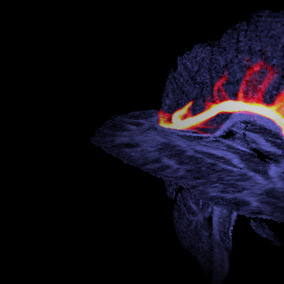
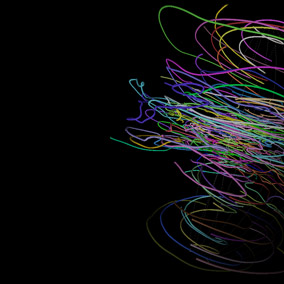
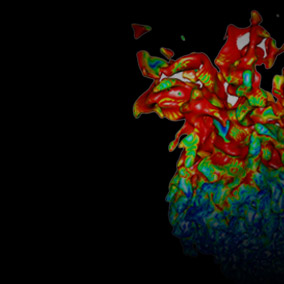
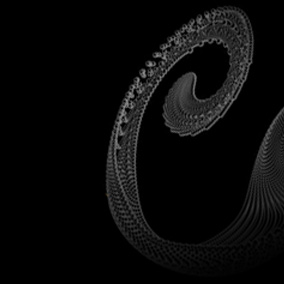
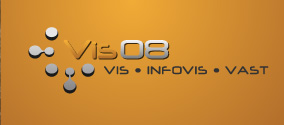

 Week-at-a-Glance
Week-at-a-Glance

